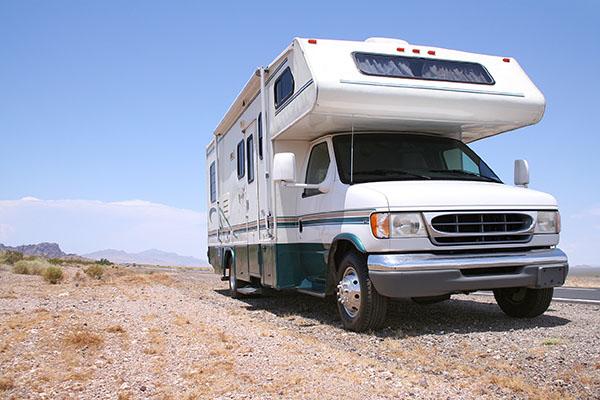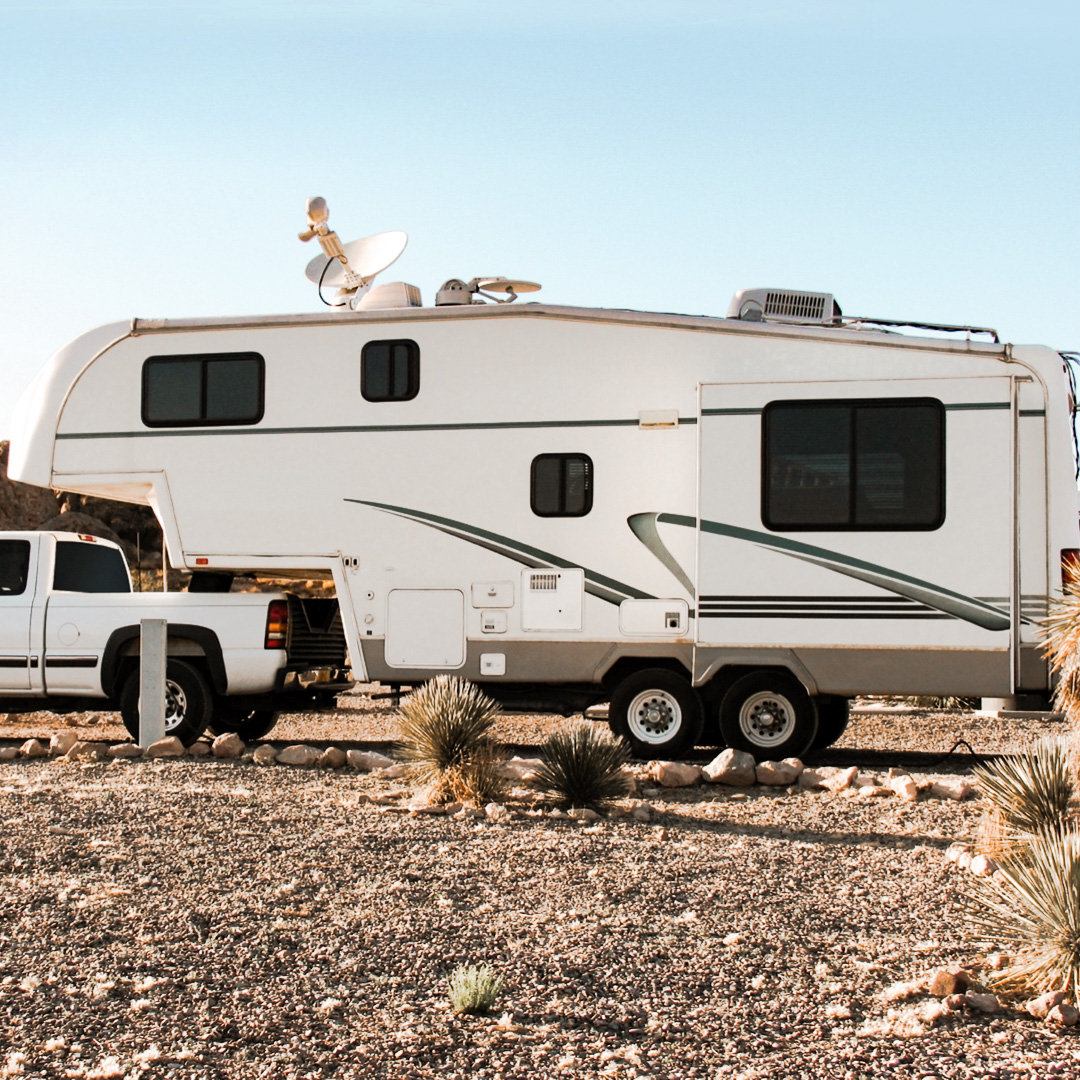Posted on 7/30/2023

Whether you're embarking on a cross-country road trip or simply heading to a nearby campground, trailers and towable recreational vehicles (RVs) offer a convenient and comfortable way to travel. However, in the excitement of planning adventures, it's crucial not to overlook the maintenance and checks required for these vehicles. Let's see what's needed for your trailer or towable RV to be in tip-top shape for your next exciting journey. Tire Maintenance Proper tire maintenance is crucial for trailers and towable RVs, just like in normal vehicles. Tires should be inspected regularly for signs of wear, such as tread depth, sidewall cracks, or bulges. Additionally, tire pressure should be checked and adjusted as per the manufacturer's recommendations. Neglecting tire maintenance can lead to blowouts, poor handling, and decreased fuel efficiency. Brake System The brake system is a vital safety component of trailers and towable RVs ... read more
Posted on 7/25/2023

Air Conditioning Is your A/C blowing warm? Where to start? We will start with a visual inspection for any visible leaks, visible damage, determine if compressor is engaging. As long as everything is in working order the refrigerant capacity will need to be checked and verify the system can hold pressure (which will also indicate a leak) At that point the technician would recharge the system to the correct capacity refrigerant and with an ultra violet dye. Air conditioning systems are very temperamental, the refrigerant level must be perfect not too full and not too low. How do you know which refrigerant goes in your vehicle, As of 2015 there are 2 different types of refrigerant, 134a which most vehicles take and 1234yf. These two fluids are not compatible with each other, it is either one or the other the vehicle a/c system label will specify which to use. What symptoms can I watch for to tell if I have low refrigerant? AC blowing warm at all times, blowing warm while dr ... read more
Posted on 7/19/2023

Do you know tire lingo? Tires are a big investment and a crucial safety feature of the vehicle. When a shop is describing the condition of your tires there are a few words that they will use and knowing the meaning will help you make the decision of when its right for you to make that investment. Cords Showing- This a reinforcing material in the tire typically made up of steel used to keep the shape of the tire, once you have worn down to the point of cords showing the tread is gone and the tire is no longer safe to drive on. Bald- Tires are made up of multiple layers. A bald tire has worn through the tread and no longer has the traction required for stopping Cupping is a wear pattern indicating high and low spots in the tread. Most commonly caused by a suspension issues, you will notice extra tire noise, shaking or vibrating. Edge wear- it can be inner or outer edge wear, the tire is wearing unevenly and leaning on the inner or outer side causing can be cau ... read more
Posted on 7/10/2023

How long do trailer tires last? 20 years ago tires lasted much longer than they do today. I remember my parent’s boat trailer and travel trailer tires lasting 10 years or more with no issues at all. Today that is not the case; as a general rule of thumb trailer tires will start to separate and fail after they are roughly four years old. Sure if you keep them out of the sun you may get up to six years out of them. The sad thing about trailer tires is that when they fail they often do serious damage to the trailer fender and anything else in the area. They don’t just go flat, you will generally hear a loud pop or bang as they become completely shredded causing damage to anything the shredded mass comes in contact with. So read the date DOT date code that is branded into the tire on one side or the other. The DOT information is Alfa numeric production information followed by a four digit numeric date branded into the tire. The first two digits indicate the week of the year fo ... read more
Posted on 6/29/2023

When it comes to pickup trucks, Ford has a long-standing reputation for producing reliable and capable vehicles. Among their popular lineup, the Ford F-150 and Ford F-250 stand out as versatile, robust trucks that are a crowd favorite. While they may share some similarities, there are distinct differences between these two models that cater to different needs and requirements. What are those differences? Well, the most noticeable one is the size and price, with the F-250 being bigger and more expensive than the F-150. ///Size and Payload Capacity One of the primary differences between the Ford F-150 and the F-250 lies in their size and payload capacity. The F-150 is classified as a full-size truck, while the F-250 falls into the heavy-duty truck category. As a result, the F-250 is larger and has a higher payload capacity compared to the F-150. The F-250 is designed for heavier workloads and towing capabilities, making it suitable for hauling larger trailers, e ... read more